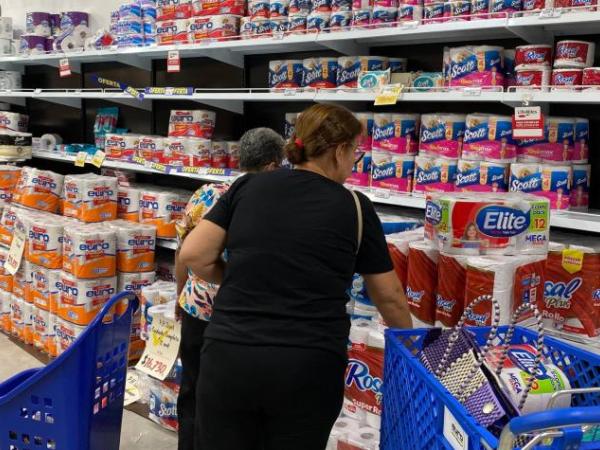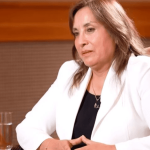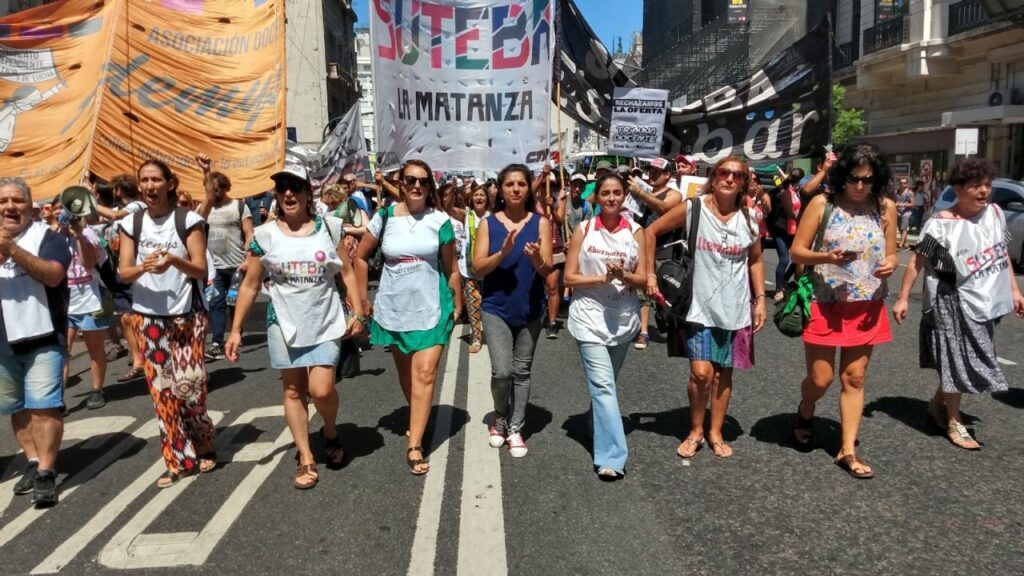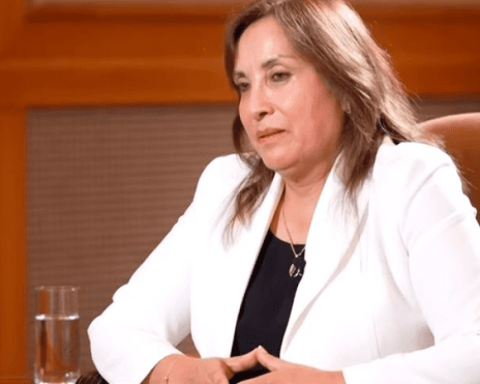This week the National Administrative Department of Statistics (Dane) presented the result of the GDP for the third quarter, which grew 7% in its annual variation. With the presentation of the report also came the delivery of the analysis of the national economic activity by the focus of demand or spending.
In particular, the good performance of the components of domestic demand stood out, especially final consumption spending, which grew 6.7% in the quarter compared to the same period in 2021. Within this, it was household consumption that grew the most (7.8%), while final government consumption only expanded 1.6%.
During the third quarter of 2021, final consumption had grown 10.5%; in the case of households, the expansion was 20.8% at that time and in government spending it was 14.2%.
(Consumer confidence ‘in free fall’ during October 2022).
“All the good dynamics that we have observed in commerce, in accommodation services and in entertainment services has a correspondence in household consumption of this type of goods, which is the one that explains to a greater extent the behavior in spending of final consumption”, explained Julieth Solano, director of Dane’s Directorate of Regulation, Planning, Standardization and Normalization.
Within household final consumption spending, the largest contributions were made by non-durable goods, including food, which contributed 0.9 percentage points to the variation, and whose consumption increased 2.8% , and by services, with 6.4 points of contribution to the variation of 8.3% and an increase of 11.6%. The latter, according to Solano, They are related to the strong dynamic that concerts and increases in passenger air transport services and accommodation services have had.
Durable goods recorded growth of 3.8% in household consumption spending and semi-durable goods was 11.0%.
(Colombians’ consumption decreased in September, why?).
“What the third quarter showed us is that indeed some households continued to consume some services but have already stopped consuming durable or semi-durable goods, such as household appliances or even clothing, perhaps preponderating their basic expenses,” indicated Jackeline Piraján, economist Scotiabank Colpatria.
Likewise, Mauricio Hernández, BBVA Research economist for Colombia, said that “economic growth began to moderate due to less dynamic consumption”, and that the quarterly figures reflect “the progressive exhaustion of the strong expansionary cycle that household spending has been experiencing up to now”.
The Dane also highlighted the figures for gross capital formation, especially fixed capital, that is, investment. An element that showed significant dynamics in the quarter compared to what was observed in the third quarter of 2021, as it grew 16.1% and 9.3% a year ago.
In this category, the greatest contribution came from investments in machinery and equipment, which grew 22.3% and contributed 9.3 points to the variation, and also from investment in housing. As Solano explained, this is related to “the culmination of many works that were in progress”.
(How has the behavior of consumption been in Colombia?).
From BBVA, Hernández highlighted that imports remained outstandingly dynamic in the quarter with annual growth of 23.3%, and that these “They responded to the greater dynamics of fixed investment, pushing up the country’s foreign purchases, especially in what has to do with spending on machinery and equipment, with a large imported component.”
LAURA LUCIA BECERRA ELEJALDE


















